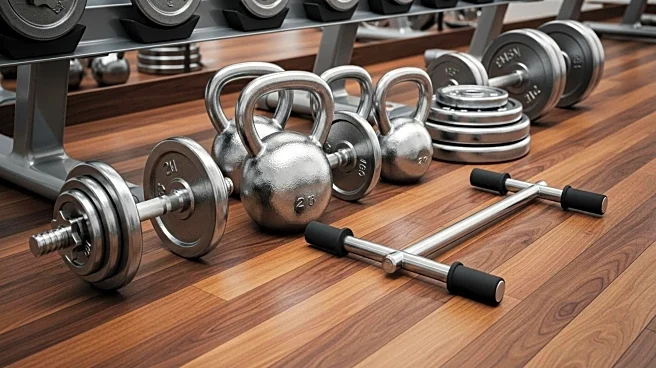What's Happening?
Recent studies have delved into the relationship between exercise and testosterone levels, revealing a complex interaction. According to experts like Dr. Edward Cherullo from Rush University Medical Center, while exercise does affect testosterone, the impact varies based on the type, volume, and intensity of the exercise. Research indicates that strength exercises and high-intensity interval training (HIIT) can increase testosterone levels, whereas endurance exercises might reduce them. The effects are also influenced by individual factors such as body composition and fitness level. For instance, overweight men may see a boost in testosterone with increased physical activity. However, the increase in testosterone levels post-exercise is typically temporary, lasting about an hour.
Why It's Important?
Understanding the nuanced effects of exercise on testosterone is crucial for individuals seeking to optimize their health and fitness. Testosterone plays a significant role in muscle growth and overall health, making it a key focus for those engaged in physical training. The findings suggest that while exercise can temporarily boost testosterone, it is not a guaranteed or sustained effect. This information is vital for fitness enthusiasts and healthcare providers to tailor exercise regimens that align with individual health goals and conditions. Moreover, the research highlights the importance of a balanced approach to exercise, emphasizing overall health benefits beyond just testosterone levels.











